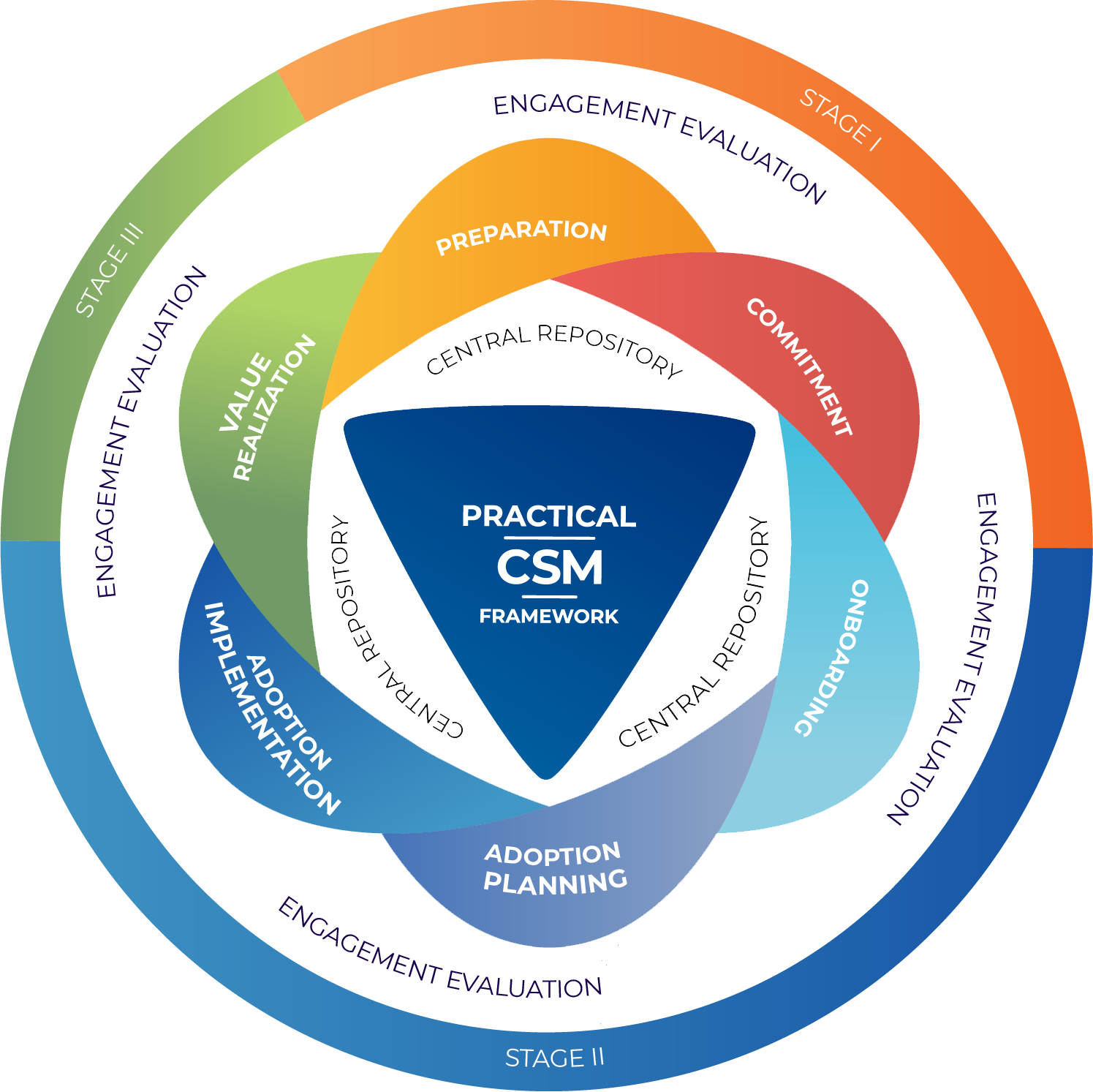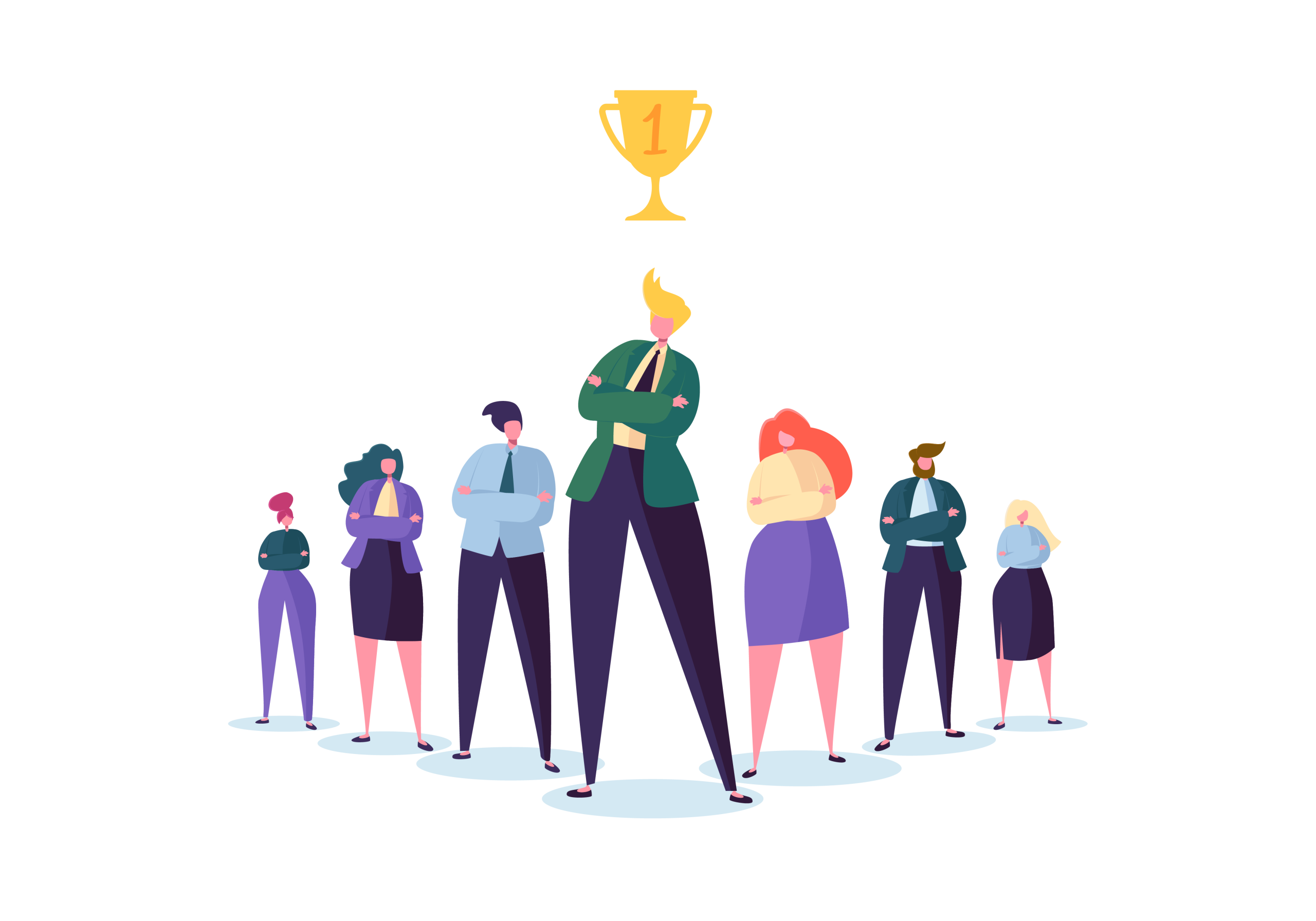Why Frameworks Succeed
Reproducing Great Outcomes
Einstein is supposed to have defined insanity as ‘doing the same thing over and over and expecting different results’. So logically, sanity is doing the same thing repeatedly and hoping for the same result; in other words, a framework!
Now, I can almost hear you saying to yourself, “my projects are too complex and varied to benefit from a framework’ and reaching for your mouse or a new tab on your screen, well before you do, give me a little more of your attention, and I may be able to change your mind.

First things first, what is a framework?
In simple terms, a framework is a system of rules or axioms that govern a process or series of decisions. It is designed to help ensure that the output of those decisions or processes is consistent, replicable, of a high standard, and aligned with an organisation’s principles, values, and goals. Using a framework has various advantages; for instance, it can provide a skeleton on which you can construct responses, or processes, to deal with numerous situations, saving you time and effort. It can also be a repository for tried and tested templates and other pre-created assets. A framework can facilitate collaboration across projects and avoid potential vulnerabilities by offering defined standards and procedures.
A Framework is “too rigid” for my Customer Success Team.
When you think about how your work as a customer success team develops with each project, most tasks or job roles combine an element of repetition with a degree of uniqueness — for the most part, adhering to the Pareto (or 80/20) principle. Most tasks (the 80% element) such as onboarding, adoption, KPIs, measuring progress and outputs are approximately similar in their intent, only needing to be customised to your project’s particular needs (the 20%) when you get down to specific details with that customer, or that implementation.
One of the main strengths of a framework is to help you to progress more time and cost-effectively through the 80%, to free up time to deal with the 20% of tasks that do still need a more creative and non-pre-determined approach. This helps to ensure that important considerations are not overlooked and provides a common language and reference point for discussing and evaluating different options. It also frees up time for you, as the customer support team leader, to assess the type and amount of resources needed, assign tasks, and decide how much support the customer is likely to need, both practical and emotional.
This blend of the predefined and the bespoke is reflected in the Customer Success framework developed by Practical CSM, with more information and support available through their academy.
What are the ‘ingredients’ of a well-designed framework?
At the operational level, a well-designed customer success management framework will generally describe a structure or outline that achieves particular goals or outcomes. If you are designing your framework from scratch, take a couple of minutes (or preferably a bit longer) to think about which policies, procedures, roles, outcomes, and KPIs you may want to consider including.
We already know that the key aims of a framework are to standardise and streamline core procedures, increasing the continuity of outcomes while maintaining the flexibility to deliver bespoke solutions where necessary, but achieving a balance between a rigid structure and fluid responses can be complex and requires some thinking.
As an effective leader, you will already be aware that a framework in which colleagues and customers can work efficiently and effectively, both individually and collectively, is the key to generating mutually beneficial results, so, with that in mind, what are you going to include?
We have already covered goals and strategies, but it is always an excellent item to put on your checklist.
Think about your organisation and its culture – for instance, what balance does your organisation seek to achieve between staff thinking and acting for themselves and collaborating to achieve common goals and objectives?
Are your contracts and business processes fit for purpose? – of course, a one size fits all approach is not realistic or efficient, but time spent creating well-thought-through proforma ‘templates’ can save time and help ensure fundamental errors and omissions are avoided.
Roles – most roles and responsibilities will be cyclical and shared across most projects, but it helps to have a toolbox of other options based on experience.
Tools and Systems – a good example of this is the Welcome Pack, which can contain a range of information and support materials, ranging from the basic, what they have bought (system components and features), how many licenses (passwords etc.), what access they have to your support teams (and any other specialists who may have been included), to access to on-line support guides or libraries.
Objectives – what are the outcomes both you and your customer are expecting? You may be surprised how often customer success teams do not have a clear idea of their customer’s expectations (stop and think how much time, money, and effort may be wasted on activities the customer neither wants nor values).
Measures and Incentives – which KPIs are best suited to which situations? How do you measure value realisation for your customer? Where, when and how do you set baselines? What needs to be done to maximise renewals, advocacy and cross-selling?
Still think frameworks are outdated?
I hope I’ve managed to at least get you thinking about how a framework can help you save time, money and effort, as well as helping to produce outstanding and repeatable outcomes. Please don’t go away with the notion that what I have outlined here is an extensive list; it’s designed more to get you thinking. But I hope it does start to demonstrate that a well-crafted and thought-through framework needn’t be prescriptive. Think of it as just another resource, but a comprehensive one.
Why Re-Invent the Wheel? We ALREADY HAVE a Customer Success Framework
There is a wealth of information on customer success frameworks, their use and application in the Practical CSM academy programme. In fact, we even have a complete framework for the delivery of end-to-end customer success management best practices ready to go and FREE to use.
For more information, take a look at the Training Materials listed under the Resources menu tab.






Leave A Comment
You must be logged in to post a comment.